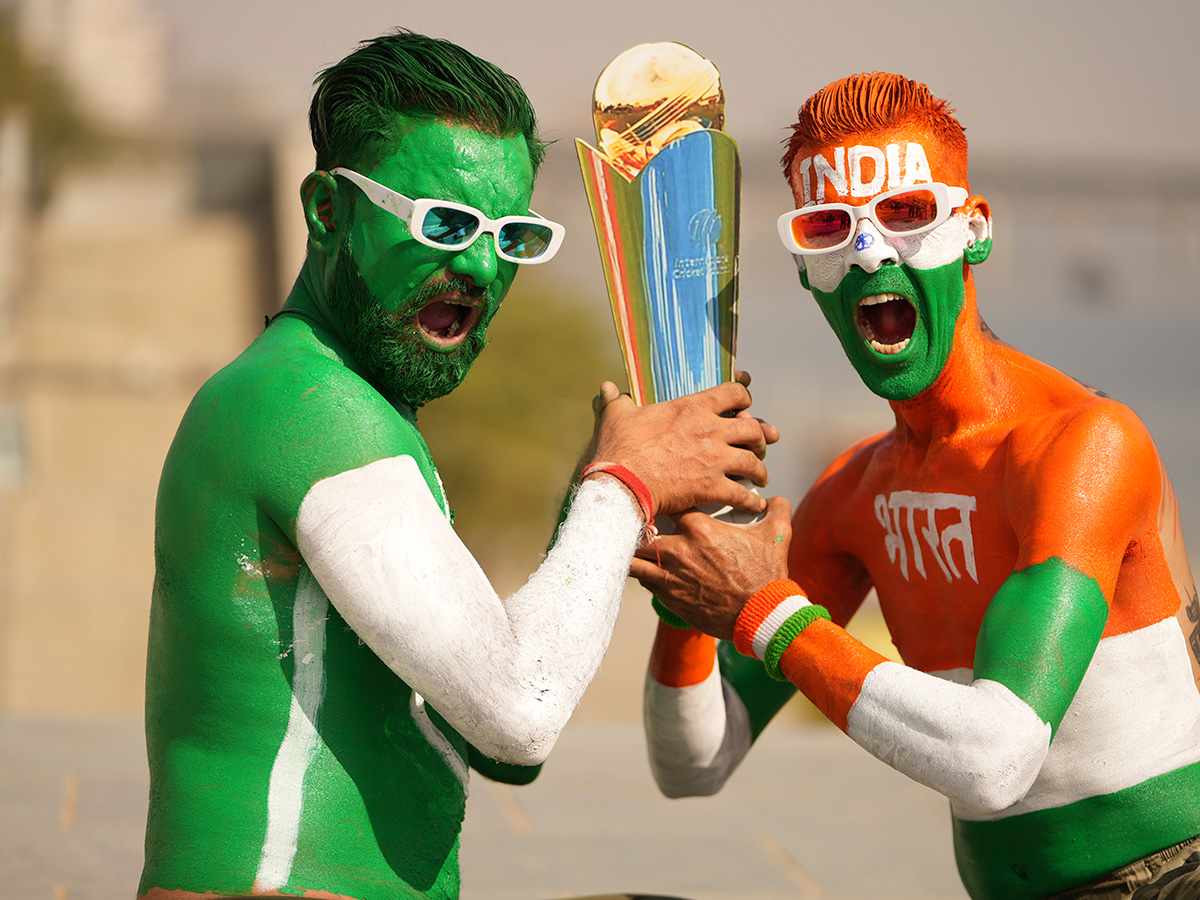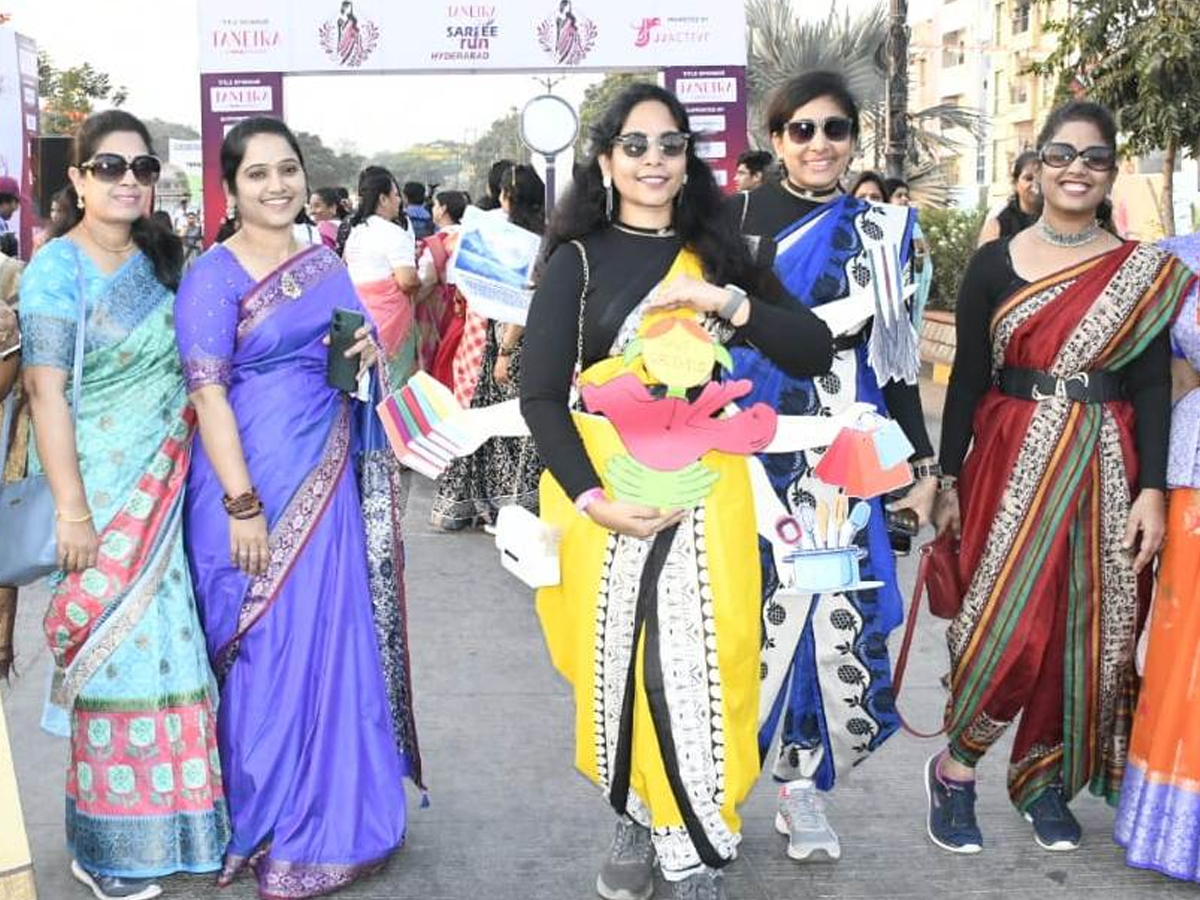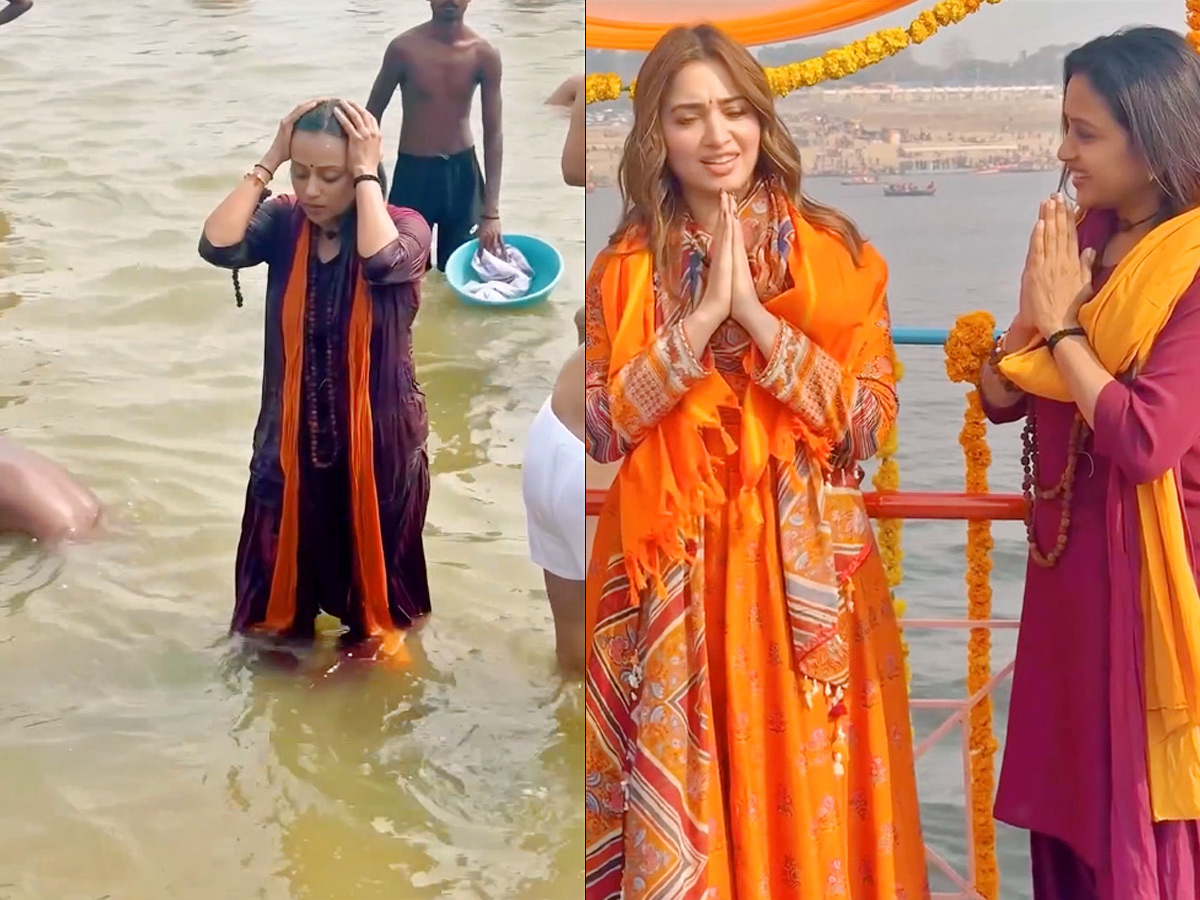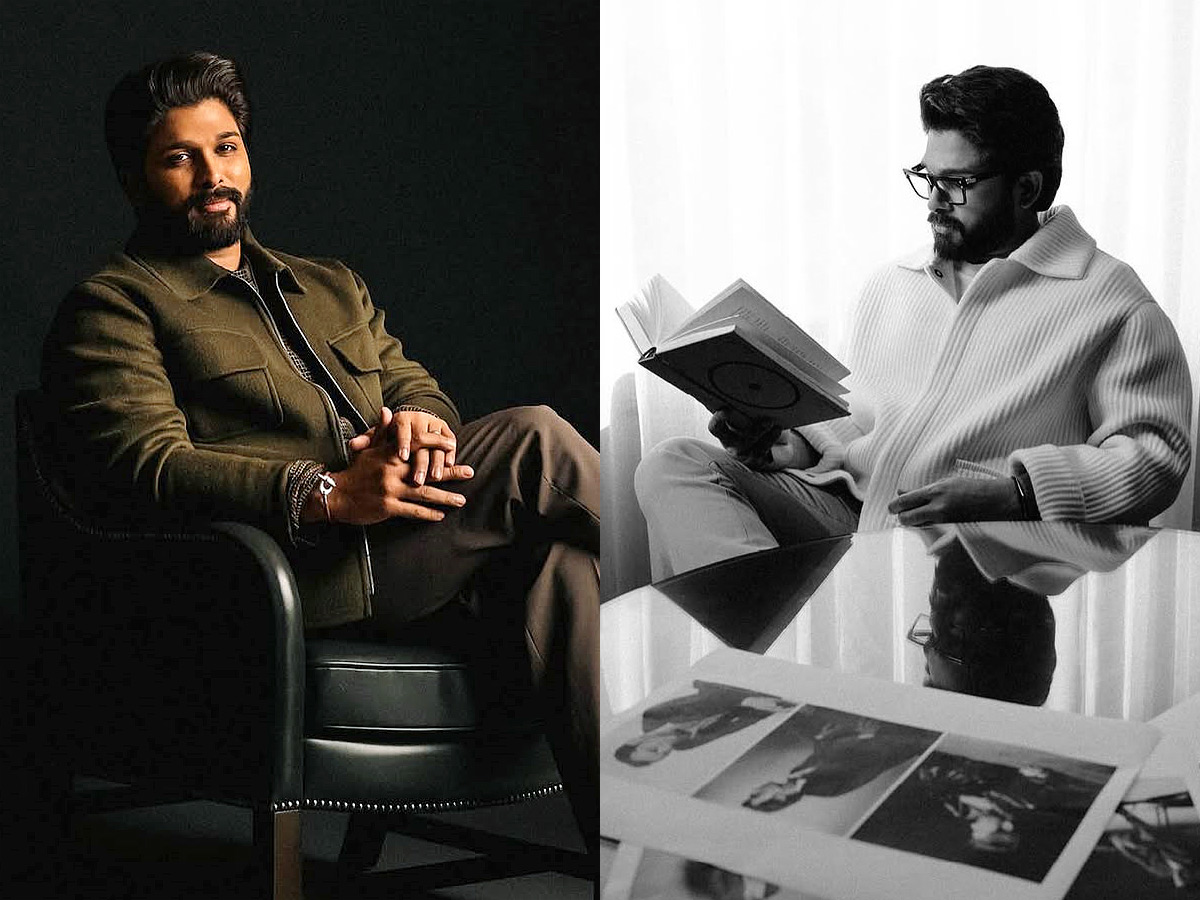
What will be B's speed?
RACES
A contest of speed in running, riding, driving, sailing etc., is called a race. The ground or path on which the race is organised is called race course. The point from which the race begins is called starting point and the finishing point of the race is called winning point or goal. The contestant who first reaches the goal is called the winner.
Dead Heat Race: If all the participants of a race reach the goal exactly at the same time, then the race is said to be a dead heat race.
Starts: There are two types of starts.
a) A start of distance
b) A start of a time period
a) A Start of Distance: If at the beginning of the race 'A' is at the starting point and 'B' is ahead of 'A' by 5 meters, then we say that 'A' gives 'B' a start of 5 metres. It means at the end of the race 'A' will cover 5 metres more distance than 'B'.
b) A Start of a Time Period: In a race if 'A' allows 'B' to start 10 seconds before he starts running, then we say that 'A' gives 'B' a start of 5 seconds.
Games: 'A game of 100' means that the contestant who scores 100 points first is the winner. If 'A' scores 100 points while 'B' scores only 80 points, we say that 'A' can give 'B' 20 points.
Solved Examples
1. In a 500 metres race. 'A' wins the race over 'B' by 20 metres. If A's speed is 12.5 m/s, what will be B's speed?
a) 11m/s b) 12 m/s
c) 9 m/s d) 10 m/s
Sol: While 'A' covers 500 metres of distance, in the same time period the distance covered by 'B' = 500 – 20 = 480.
= 12 m/s
\ Ans: b
2. James runs 50 metres in 7 seconds whereas Joy can run 100 metres in 13 seconds. How much start in metres can Joy give James in a 200 metre race?
a) b)
c) 15 m d) 16 m
Sol: To finish 200 metres race, James requires 7 ´ 4 = 28 seconds and Joy requires 13 ´ 2 = 26 seconds. Therefore James lags behind by 2 seconds.
The distance covered by James in
'2' seconds
\ Joy can give James a start of
metres race.
\ Ans: a
3. In one km race, Suresh beats Salim by 50 m or 10 sec. What is Suresh's time over one course?
a) 3min b) 3 min 10 sec
c) 3 min 15 sec d) 3 min 30 sec
Sol: Salim's time in the course
\ Suresh's time in course
= 200 – 10 = 190 sec
= 3 min 10 sec
\ Ans: b
4. A, B and C are three contestants in one race. If 'A' can give 'B' a start of 50 m and can also give 'C' a start of 69 m. Then how many meter's start can 'B' give 'C'?
a) 15 b) 19 c) 20 d) 21
Sol: While 'A' covers 1000 metres (1 km), in the same time period 'B' and 'C' can cover 1000 – 50 = 950 m and 1000 – 69 = 931 respectively. Therefore if 'B' covers 950 m, 'C' will cover 931 m.
So, if 'B' would cover 1 km (1000 m), then the distance covered by
\ 'B' can give 'C' a start of
1000 – 980 = 20 metres.
\ Ans: c
5. In a race of 700 metres, 'A' can beat 'B' by 70 metres. In a race of 600 metres 'B' can beat 'C' by 30 metres. By how many metres 'A' would beat 'C' in a race of 400 metres.
a) 60 b) 58 c) 55 d) 62
Sol: In this problem, the lengths of races are not equal. So let us equate the lengths of the races. 'A' defeats 'B' by 10% of length of the race, as 70 is 10% of 700. Similarly 'B' defeats 'C' by 5% of length of the race.
\ In 400 m race 'A' defeats 'B' by 40 m. It means 'B' would cover only 360 m of distance while 'A' covers 400 m. In 360 m race 'B' defeats 'C' by 18 m. That means, by that time 'C' would cover 360 – 18 = 342 m of length only. Therefore 'A' beats 'C' by 400 – 342 = 58 metres
\ Ans: b
6. Even after giving a start of 10 metres to Urmila, Usha wins a race of 200 metres by 15 metres. If Urmila's speed is 7 m/sec, what is Usha's speed in kmph.
a) 25.2 b) 27.4 c) 28.8 d) 36
Sol: From the given data, Usha gets a lead of 10 + 15 = 25 metres over Urmila in a race of 200 metres. So while Usha covers 200 metres, Urmila would cover 200 – 25 = 175 metres. Therefore the
ratio of their speeds
Þ Usha's speed
\ Ans: c
7. Two ducks move along the circumference of a circular pond and come along side each other every hour. If they moved with the same speeds in opposite directions, they would meet every 15 min. When they move in opposite directions, the distance between them drops by
every second. What is the speed of the slower duck?
a) 14 ft/min b) 21 ft/min
c) 28 ft/min d) 35 ft/min
Sol: From the first sentence, it is clear that the faster duck covers one length of the circumference of the pond more than the slower duck ever 60 min.
Let V1, V2 be the speeds of the faster and slower ducks in ft/min.
Then circumference of the pond
= (V1 – V2) × 60 ft ------ (1)
From the second statement, the circumference of the pond =
(V1 + V2) × 15 ft ------ (2)
From the third statement, we have
V1 + V2
------ (3)
Þ From (1), (2) and (3) we have
(V1 – V2) × 60 = 56 × 15
Þ V1 – V2 = 14 ------ (4)
Solving (3) and (4), we get
V1 = 35, V2 = 21
\ The speed of the slower duck is 21 ft/min
\ Ans: b
8. Two contestants A and B start from the same point at the same time running in the same direction on a circular track of 100 metres radius. If A's speed is 20% more than the speed of B, how many complete rounds would 'A' do before crossing 'B' for the first time?
a) 5 b) 6 c) 11
d) None of these
Sol: We know that the distance travelled is directly proportional to the speed. So in a stipulated time period A covers 20% more distance than B. Therefore if 'B' completes one rounds, A would complete 1.2 rounds.
Þ if 'B' completes 5 rounds, 'A' would complete 1.2 × 5 = 6 rounds. Then A and B would meet for the first time. Therefore before crossing 'B' 'A' would finish 6 rounds.
\ Ans: b
9. Two persons P and Q start at the same time running in opposite direction from the same point on a circular track. They meet a point 'X' after 7 minutes from start. On meeting, they continue in the same direction but exchange their speeds. After how much time at the earliest will they meet again after crossong each other at X?
a) 7 min b) 15 min c) 12 min
d) Data not sufficient
Sol: As P and Q are running in opposite direction relative velocity = Sum of their velocities. They cover circular track in 7 min to meet at X. After that even if they exchange their speeds, their relative velocity remains the same. So again after 7 min they meet each other.
\ Ans: a
10. The ratio of the lengths of the steps of a lion and a deer is 5:4. The numbers of steps taken by the lion and the deer in 1 second are in the ratio 6:7. If both of them start running at the same time, the lion catches the deer in exactly 1 min. What is the initial distance between them?
a) 30 m b) 28 m c) 58 m
d) Data not sufficient
Sol: From the given data, the ratio of the speeds of lion and deer
= 5 × 6 : 4 × 7 = 30 : 28 = 15 : 14
Let the speed of lion = 15V and speed of deer = 14V units/ minute
Þ Relative speed = 15V – 14V = V
Distance covered by lion over deer in one minute = V × 1 = V units. \ Without knowing the value of V, answer cannot be determined.
\ Ans: d













